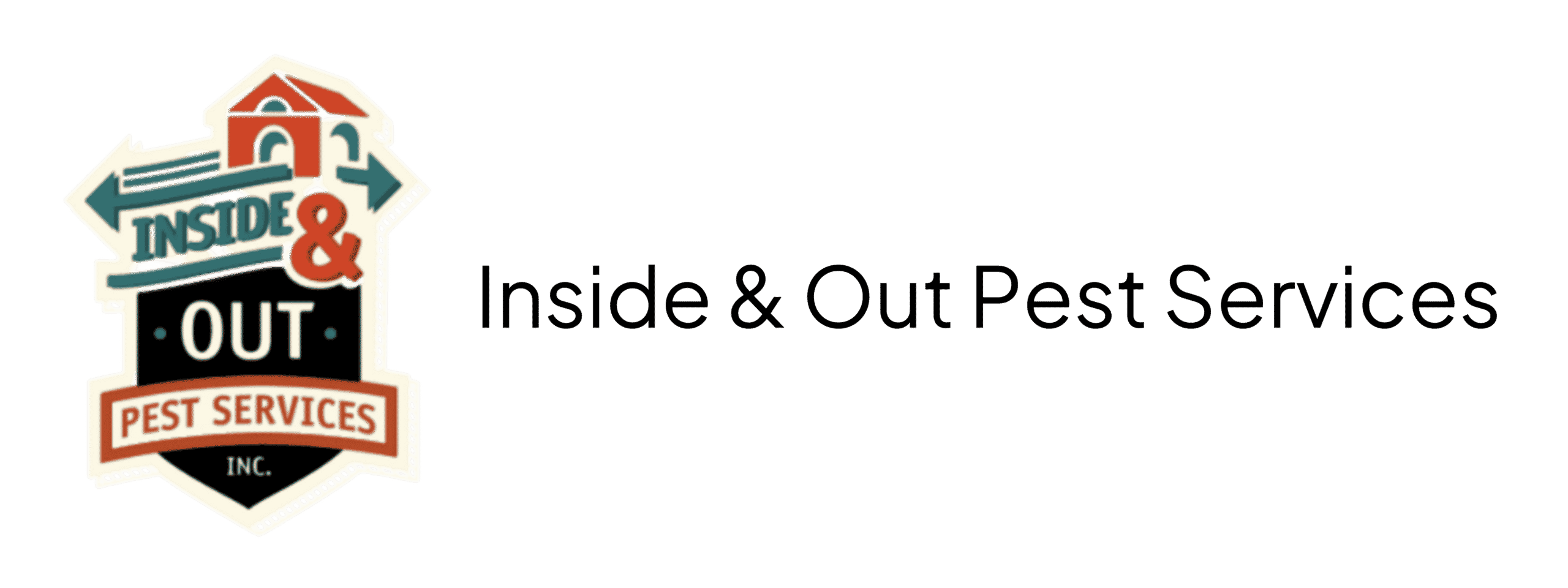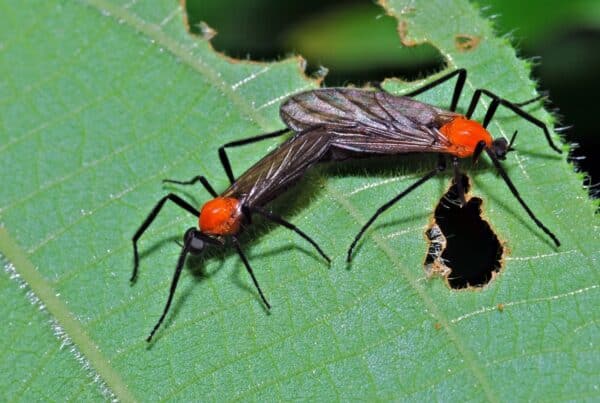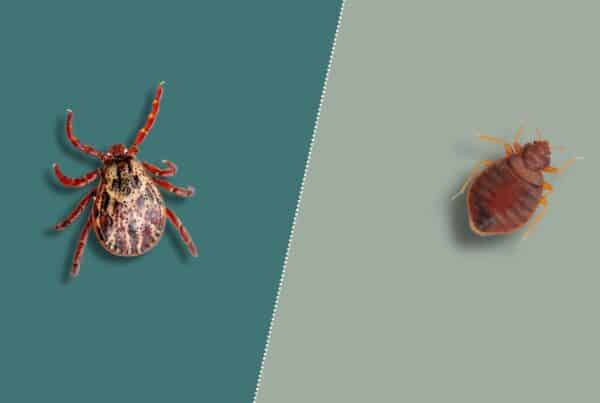Dealing with pests can be a challenging and unsettling experience, particularly when it comes to understanding what each kind is capable of surviving. Have you ever wondered how long bed bugs can live, especially when there isn’t food available? It’s a question many homeowners grapple with, especially when trying to safeguard their homes against these uninvited guests.
In this article, we’re diving into the life cycle of bed bugs, their usual diet, and typical behavior patterns to find out. By gaining insights into these bugs, you’ll be better equipped to protect your home and respond proactively, avoiding serious problems.
The Life Cycle of a Bed Bug
First things first, let’s get more familiar with bed bugs on a general level. These pests undergo several stages in their development, each with unique characteristics and behaviors.
Eggs
Bed bugs start their life as eggs. These tiny, pearl-white eggs, often found in clusters, are usually laid in hidden spots within your home. They hatch within about a week, giving rise to nymphs, the first active stage of a bed bug’s life.
Nymphs
Nymphs, or juvenile bed bugs, resemble smaller versions of adult bed bugs. Before they mature, nymphs must feed on blood and go through five molting stages. This process typically takes about five weeks, or five stages, with each stage requiring at least one blood meal to progress.
Adults
Once fully matured, adult bed bugs have a reddish-brown color and a flat, oval-shaped body. An adult bed bug’s lifespan can vary, but they typically live for about four to six months, sometimes longer under optimal conditions. Adult bed bugs can live longer without food than their younger counterparts, making them particularly resilient.

Typical Bed Bug Feeding Habits
To fully understand the resilience of bed bugs and how long they can live without food, it’s essential to get familiar with their habits. Although human blood is their preference, bed bugs can adapt to feed on other mammals or birds, enhancing their survival in varied environments.
Adult bed bugs usually feed every 5 to 10 days. Remarkably, they can survive several months without food under certain conditions, making infestations persist even in seemingly inactive periods. Their feeding frequency and metabolism are influenced by temperature; cooler environments slow their metabolism, allowing longer survival without feeding.
Identifying and Preventing Bed Bug Infestations
Understanding the behavior of bed bugs, particularly their feeding frequency and ability to survive without food, is vital for effective pest control. Adult bed bugs can live several months without feeding, primarily in cooler conditions where their metabolism slows.
This resilience means that infestations can persist unnoticed for extended periods, making early detection and prevention crucial.
Recognizing Bed Bug Presence
Detecting bed bugs early can be challenging. They are small, reddish-brown insects that often hide in mattress seams, furniture joints, and other secluded areas.
Signs of an infestation include itchy welts in a line or cluster on the skin, indicative of bed bug bites, and tiny blood spots on bedding from crushed bugs. Additionally, look for dark, rusty excrement spots on mattresses and nearby walls or furniture.
Preventing Infestations
Preventing bed bug infestations involves a combination of vigilance and regular home maintenance. Regularly inspect potential hiding spots, such as beds and sofas, for signs of bed bugs.
When traveling, be cautious with luggage and clothing, as bed bugs can hitchhike from one location to another. Reducing clutter in your home minimizes potential hiding spots. Using protective covers on mattresses and pillows can also help prevent bed bugs from gaining access to their preferred habitats.

Other Recommended Maintenance
Maintaining a pest-free home extends beyond specific actions against bed bugs to include a broader approach to household maintenance. Regular cleaning is essential; a clean home is less attractive to pests. This means consistent vacuuming, dusting, and decluttering, particularly in areas where food is stored or consumed. Crumbs and spills can quickly attract insects and rodents, so keeping these areas immaculate is crucial.
Another key factor in pest prevention is moisture control. Many pests are drawn to damp environments, making it important to keep areas like basements, bathrooms, and kitchens dry and well-ventilated. Fixing leaks promptly and using dehumidifiers when necessary can help reduce moisture and deter pests.
Physical barriers also play a significant role. Regular inspections of your home for any cracks or gaps in walls, floors, and around windows or doors are important. Sealing these potential entry points can effectively keep pests out.
Don’t forget the outside of your home. Overgrown vegetation can provide shelter for various pests, so keeping your yard tidy and your trees and shrubs trimmed is beneficial. Additionally, managing garbage effectively by using sealed bins and keeping them away from the house can prevent attracting pests.
When to Call a Professional
There are times when a pest problem goes beyond the scope of routine maintenance and prevention measures. In these cases, calling in professional pest control services becomes a necessary step. Knowing when to seek their expertise can save you time, money, and the stress of dealing with an escalating issue!
One clear sign that it’s time to call professionals is when you notice recurring pest infestations, despite your best efforts at prevention and maintenance. This recurrence could indicate a larger, more entrenched problem that requires specialized treatment. For instance, if you continue to find signs of bed bugs or other pests after thorough cleaning and preventive measures, professional intervention is likely needed.
Another indicator is the scale of the infestation. Large infestations, such as widespread bed bug presence or significant rodent activity, can be challenging to manage with DIY methods alone. Professionals have access to more effective tools and methods that can handle extensive problems more efficiently.
The type of pest involved can also dictate the need for professional help. Certain pests, like termites, carpenter ants, or extensive bed bug infestations, require specialized treatment approaches that only trained professionals can provide. These pests can cause significant damage to your home if not properly addressed. Essentially, if you’re unsure about the nature of the pest problem or how to deal with it, seeking professional advice is always a wise decision.
Conclusion
Dealing with bed bugs and other pests requires a combination of knowledge, patience, and proactive measures. From understanding the life cycle and feeding habits of bed bugs to recognizing the signs of their presence, we’ve explored various aspects to help you safeguard your home. Remember, regular maintenance plays a crucial role in keeping your living space pest-free.
However, when faced with persistent or large-scale infestations, don’t hesitate to call professional pest control services. Their expertise can provide the peace of mind and the effective solutions you need to maintain a healthy, pest-free environment. For assistance with an existing pest issue or guidance on prevention, schedule online with Inside & Out Pest Services today!



